 Although there was some good news in the Census report on poverty that was released this week, there are still areas of concern for many women. Women as a group saw a decrease in poverty between 2014 and 2015 (from 14.7 percent to 13.4 percent), but women with disabilities saw almost no improvement in their poverty rate (31.9 percent to 31.6 percent). The poverty gap between women and men with disabilities was also very large; women with disabilities were 25 percent more likely to live in poverty than men with disabilities. And women with disabilities were more than three times more likely to be in poverty than men without disabilities.
Although there was some good news in the Census report on poverty that was released this week, there are still areas of concern for many women. Women as a group saw a decrease in poverty between 2014 and 2015 (from 14.7 percent to 13.4 percent), but women with disabilities saw almost no improvement in their poverty rate (31.9 percent to 31.6 percent). The poverty gap between women and men with disabilities was also very large; women with disabilities were 25 percent more likely to live in poverty than men with disabilities. And women with disabilities were more than three times more likely to be in poverty than men without disabilities.
Disability can both exacerbate poverty and make it more difficult for individuals to escape poverty. Here are some of the issues that women with disabilities face, which make poverty difficult to escape. Although many of these are common to all persons with disabilities, women with disabilities are frequently impacted by both their gender and their disability, resulting in even greater poverty.
Barriers to employment
Women with disabilities make up only 1.5 percent of the workforce, despite being 4 percent of the overall population. Women with disabilities face both stereotypes about people with disabilities in the workplace and women in the workplace. Both women and persons with disabilities are generally viewed as less capable in the workplace, making them less likely to be hired or promoted. There are also many barriers beyond attitudes and stereotypes, including work spaces that are not physically accessible and policies that are unfriendly to persons with disabilities. Without reliable employment in accessible spaces, women with disabilities are forced to rely on government support, keeping them impoverished.
High rates of abuse and violence
Women with disabilities are particularly vulnerable to interpersonal violence and exploitation, and experience violence at higher rates than women without disabilities. Resources intended to help victims of interpersonal violence may be less accessible to women with disabilities, or they may not be aware that these resources exist. Doctors and other care professionals may be less likely to recognize abuse common among women with disabilities, such as withholding needed care, stealing money, or verbal abuse based on the victim’s disability. All of these make women with disabilities more vulnerable to interpersonal violence, which can result in poverty for women.
Lack of reliable and efficient transportation
Persons with disabilities often have difficulty accessing reliable and efficient transportation. Although communities may provide specialized transportation, these options often take a great deal of time and planning in order to use them. Without reliable transportation, it is more difficult to hold a job, to attend medical appointments, and to run errands that are necessary to care for oneself. [link to ] To make matters worse, women with disabilities are frequently sexually assaulted by transportation workers, making transportation more fraught for women with disabilities. All of these can exacerbate poverty for women with disabilities.
Greater medical expenses
Persons with disabilities often have higher medical expenses than other members of the population. Medical expenses are one of the leading causes of poverty in the United States. Women with disabilities have difficulty escaping poverty, due to overwhelming medical bills.
Lack of appropriate, quality education
Despite the Individuals with Disabilities Education Act (IDEA), many persons with disabilities do not receive appropriate education. Their educational opportunities are often limited by others’ perceptions of their abilities, rather than their actual abilities. This is especially true for persons with intellectual disabilities. Children with disabilities are also more likely to be disciplined by the school and more likely to be involved with the juvenile justice system. Girls with disabilities rarely receive STEM education, due to stereotypes about girls and people with disabilities, which prevents them from accessing higher paying jobs later in life. Without education to prepare them for the workplace, girls with disabilities are less likely to obtain secure jobs that pay well enough to lift them out of poverty.
Poverty among women with disabilities is concerning, and requires programs focused specifically on alleviating poverty among women with disabilities, rather than just persons with disabilities or women. There are unique issues that women with disabilities face which must be addressed. The fact that the economy improved and poverty rates decreased for women as a whole, yet remained the same for women with disabilities, tells us there’s a long road ahead to address the needs of this specific population.
The post Women with Disabilities Are Still Struggling to Escape Poverty appeared first on NWLC.
 When he pushed for passage of a ban on federal funding for abortion that would later bear his name, the late Rep. Henry Hyde was not shy about his ambition to restrict all women’s ability to access legal abortion services; Hyde
When he pushed for passage of a ban on federal funding for abortion that would later bear his name, the late Rep. Henry Hyde was not shy about his ambition to restrict all women’s ability to access legal abortion services; Hyde 



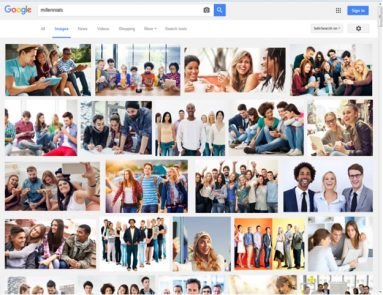
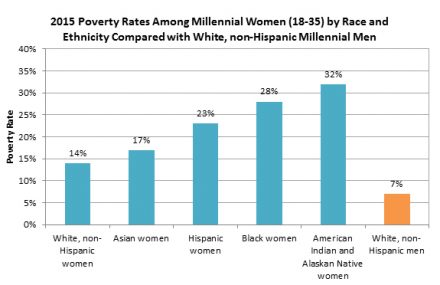

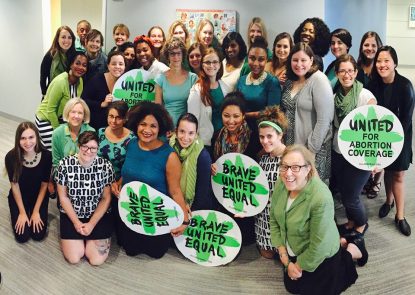
 This morning the Bureau of Labor Statistics (BLS) released the most recent employment numbers for October. While the larger employment picture was generally the same as last month, and includes positive job growth, the picture for women is a little more nuanced.
This morning the Bureau of Labor Statistics (BLS) released the most recent employment numbers for October. While the larger employment picture was generally the same as last month, and includes positive job growth, the picture for women is a little more nuanced. Yesterday, the
Yesterday, the 
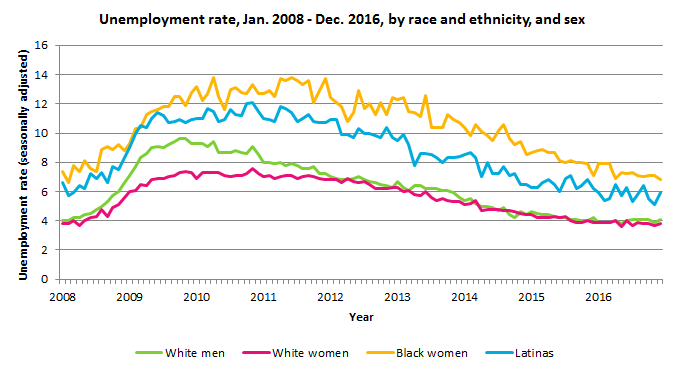
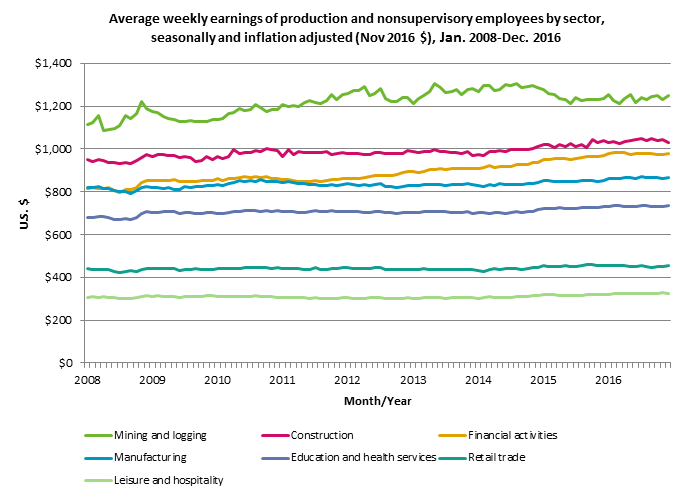

 Jobs data for January were released this morning by the Bureau of Labor Statistics (BLS)—the unemployment rate remained steady at 4.8%, the economy added 227,000 jobs, including 54,000 to women, and wages ticked slightly up by 3 cents. While little changed from last month, or the month prior, these numbers mean more than just their face value. The economic data released as part of the
Jobs data for January were released this morning by the Bureau of Labor Statistics (BLS)—the unemployment rate remained steady at 4.8%, the economy added 227,000 jobs, including 54,000 to women, and wages ticked slightly up by 3 cents. While little changed from last month, or the month prior, these numbers mean more than just their face value. The economic data released as part of the 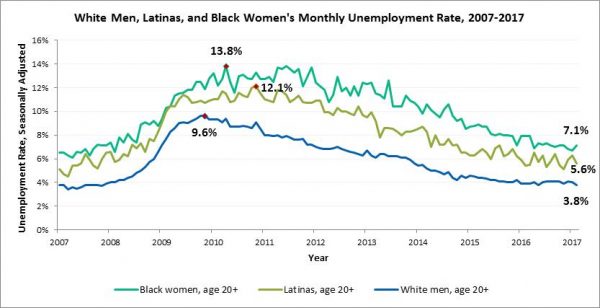



 This month at NWLC, we’ve been busy pushing out our
This month at NWLC, we’ve been busy pushing out our 











